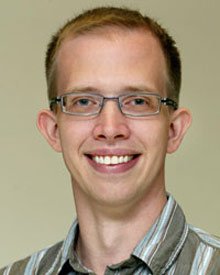Computer & electronics hardware
Andrew Houck
Preserving information for practical quantum computing
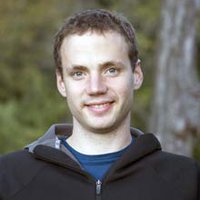
Global
Adrien Treuille
Complex physics simulations that can run on everyday PCs
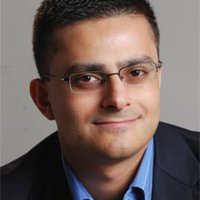
Global
Ali Javey
“Painting” nanowires into electronic circuits
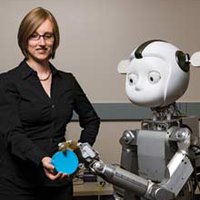
Global
Andrea Thomaz
Robots that learn new skills the way people do
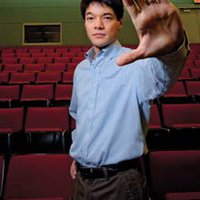
Global
Kevin Fu
Defeating would-be hackers of radio frequency chips in objects from credit cards to pacemakers
